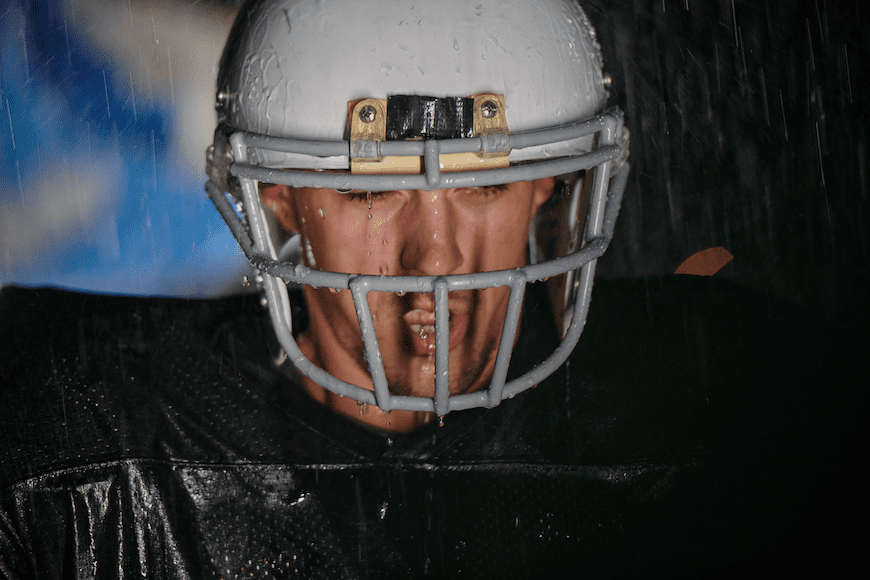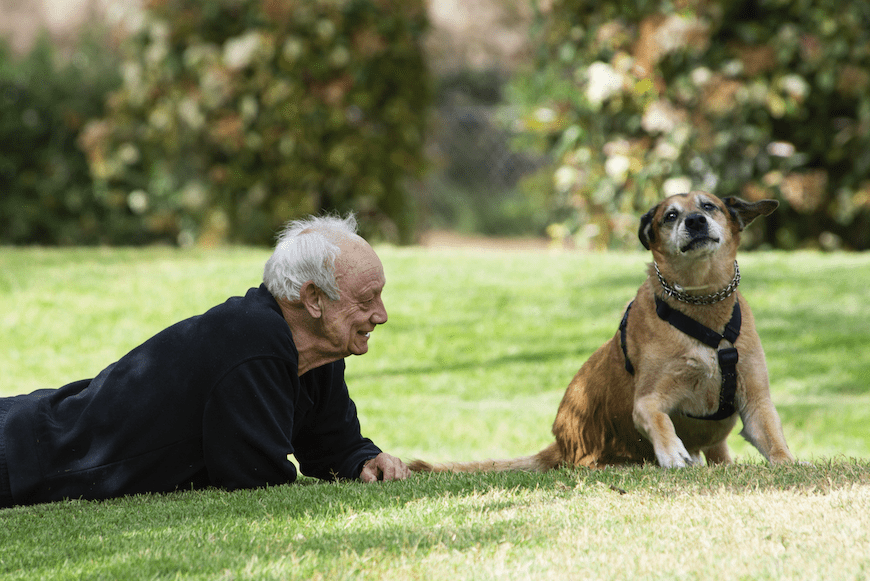As we creep closer to the closest thing this country has to a national sports holiday, some promising news on head trauma has emerged from Georgetown University Medical Center. A new study of mice shows that the memory loss from repeated head trauma – like the kind NFL players endure – might be reversible.
Specifically, Georgetown’s research, conducted in partnership with Trinity College Dublin, Ireland, reveals that “amnesia and poor memory following head injury is due to inadequate reactivation of neurons involved in forming memories.”
The findings, appearing in the latest issue of the Journal of Neuroscience, show that the memory loss caused by head injuries isn’t “a permanent pathological event driven by a neurodegenerative disease.” The researchers found that they were able to counter the amnesia, which enabled the mice to recall their lost memories, “potentially allowing cognitive impairment caused by head impact to be clinically reversed.”
Following Up Earlier Findings
This isn’t the team’s first foray into the brain’s resiliency. In an earlier study, the researchers discovered that the brain adapts to recurrent head trauma by altering the ways its synapses fire. This simple adaptation makes it increasingly difficult for the brain to forge new memories and recall more recent ones.
This promising new research showed the team that they could prompt mice to recall memories once thought lost because of head trauma.
“Our research gives us hope that we can design treatments to return the head-impact brain to its normal condition and recover cognitive function in humans that have poor memory caused by repeated head impacts,” the study’s senior investigator, Mark Burns, PhD, a professor and vice chair in Georgetown’s Department of Neuroscience and director of the Laboratory for Brain Injury and Dementia, explained in a press release.
Methodology
In this latest research, the team helped two groups of mice build a new memory by running them through a test they hadn’t been through. The researchers then subjected one group “to a high frequency of mild head impacts for one week (similar to contact sport exposure in people) and one group were controls that didn’t receive the impacts.”
Unsurprisingly, the injured mice couldn’t recall the new memory a week later.
“Most research in this area has been in human brains with chronic traumatic encephalopathy (CTE), which is a degenerative brain disease found in people with a history of repetitive head impact,” Burns explained. “By contrast, our goal was to understand how the brain changes in response to the low-level head impacts that many young football players regularly experience.”
Mimicking Football Player Trauma
Established research has found that, on average, college football players endure more than 20 head impacts a week, with defensive ends receiving more than 40.
So the Georgetown scientists designed the frequency of head impacts on mice to replicate a week of exposure for an “average” college football player.
The researchers leveraged genetically modified mice to observe the neurons involved in forming new memories. As a result, they discovered that “these memory neurons (the “memory engram”) were equally present in both the control mice and the experimental mice.”
To better grasp the physiology behind these memory shifts, one of the study’s authors, Daniel P. Chapman, PhD, said, “We are good at associating memories with places, and that’s because being in a place, or seeing a photo of a place, causes a reactivation of our memory engrams. This is why we examined the engram neurons to look for the specific signature of an activated neuron. When the mice see the room where they first learned the memory, the control mice are able to activate their memory engram, but the head impact mice were not. This is what was causing the amnesia.”
The researchers reversed the amnesia with lasers to trigger those engram cells.
“We used an invasive technique to reverse memory loss in our mice, and unfortunately this is not translatable to humans,” Burns said. “We are currently studying a number of noninvasive techniques to try to communicate to the brain that it is no longer in danger, and to open a window of plasticity that can reset the brain to its former state.”
Further Reading:
Chronic Traumatic Encephalopathy and Sports




